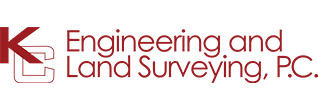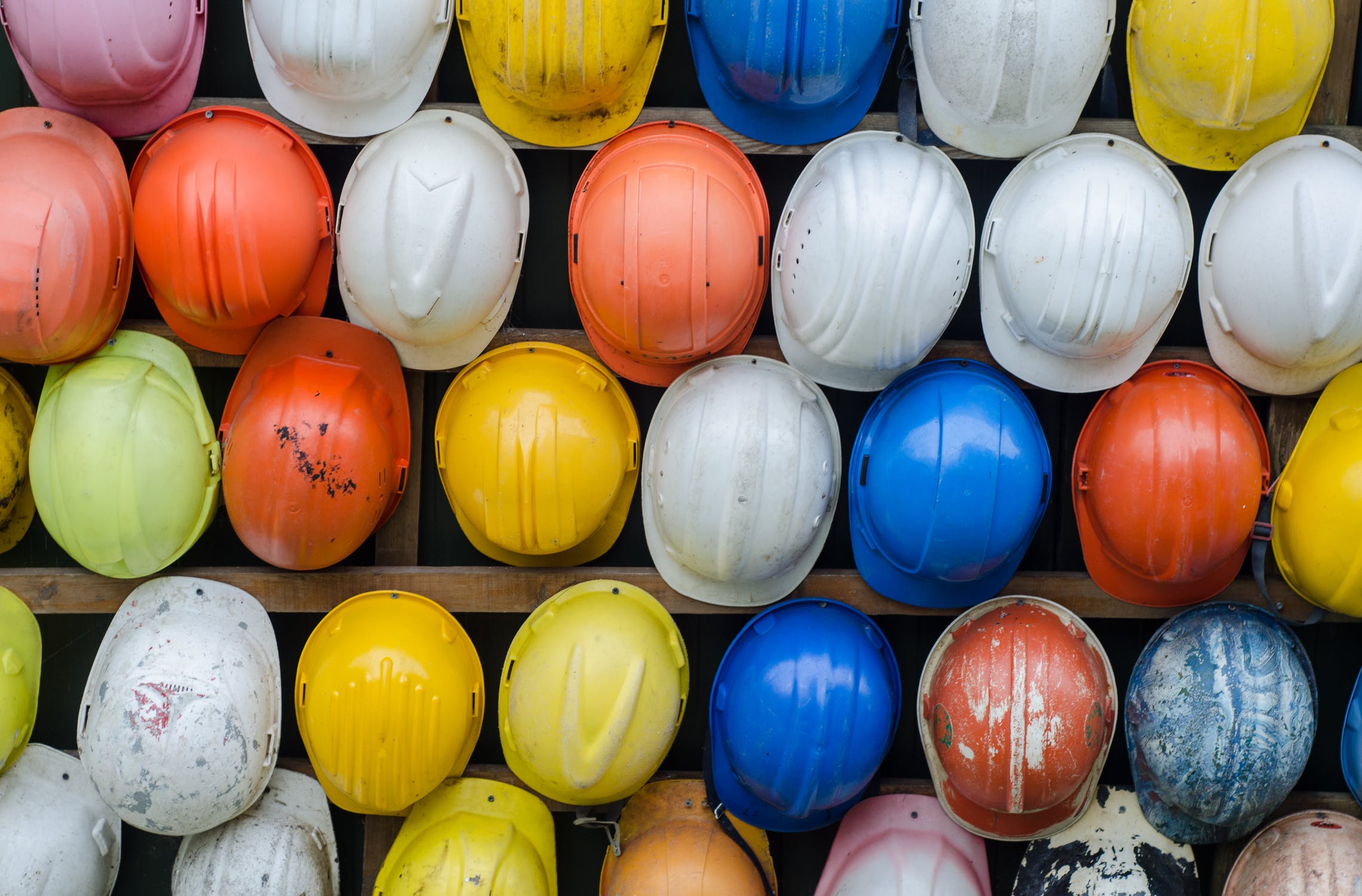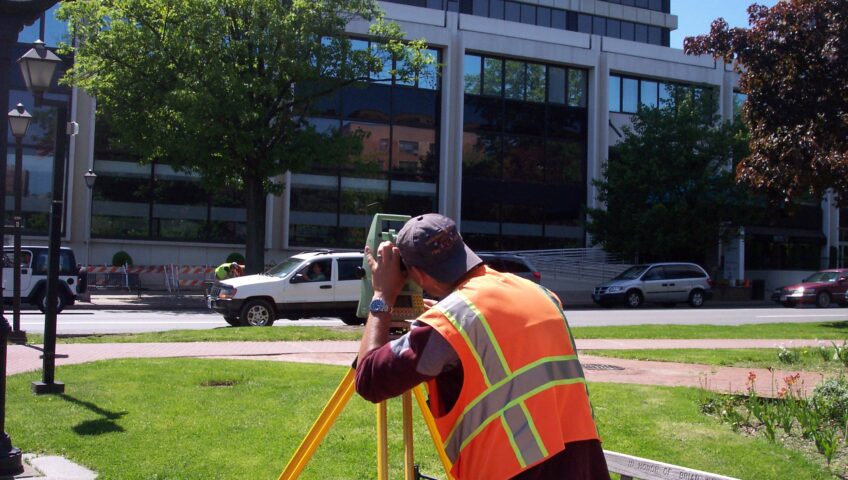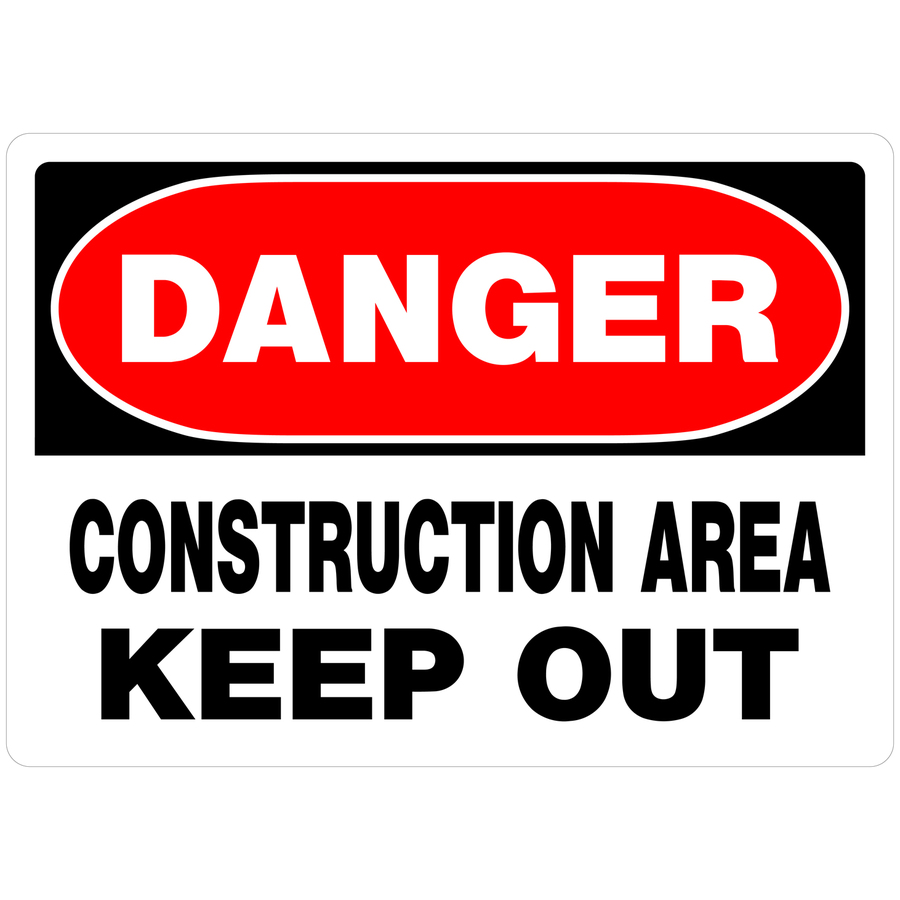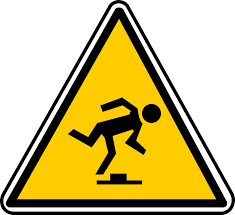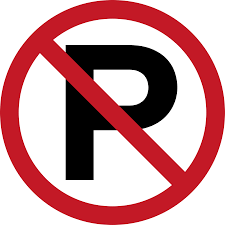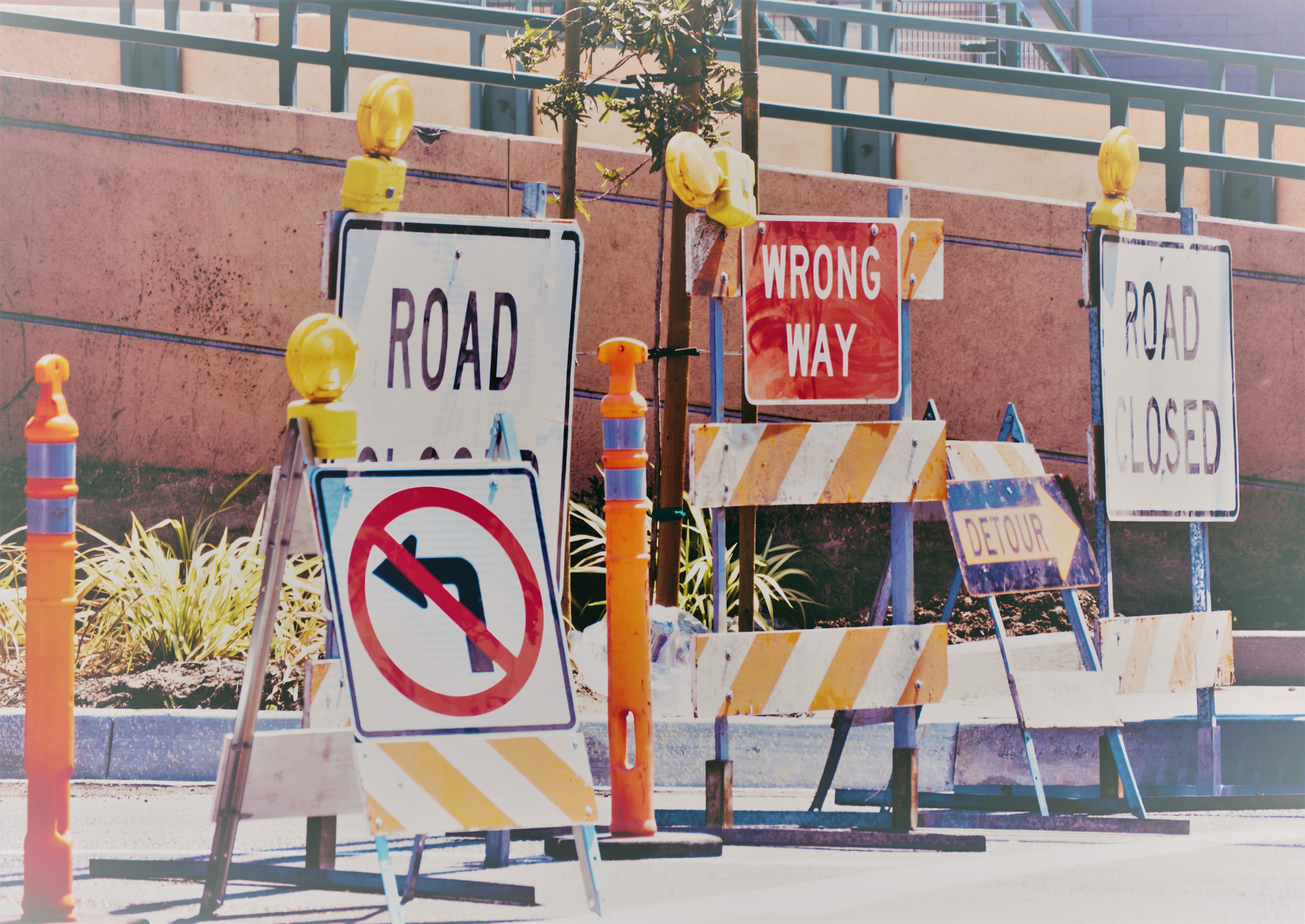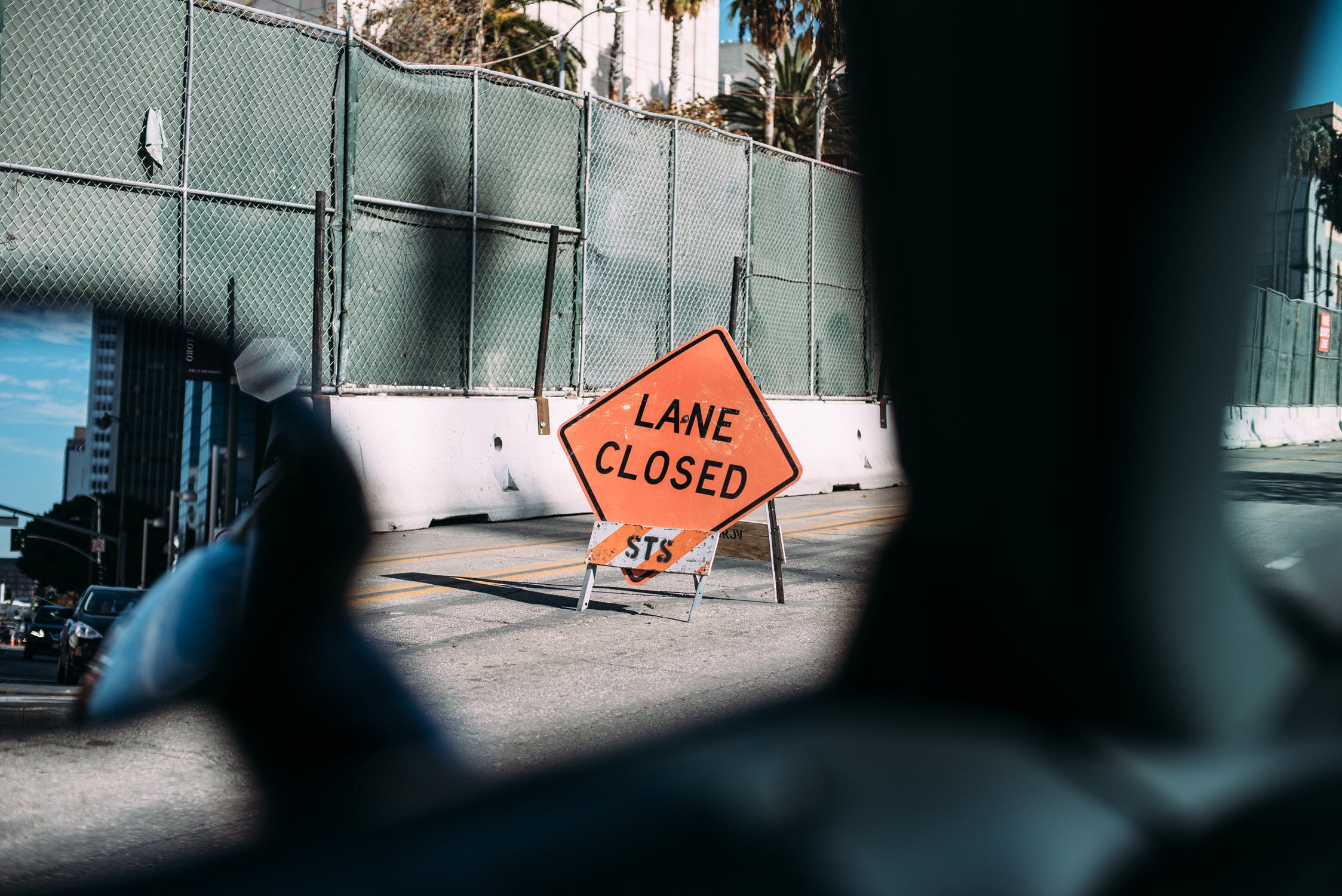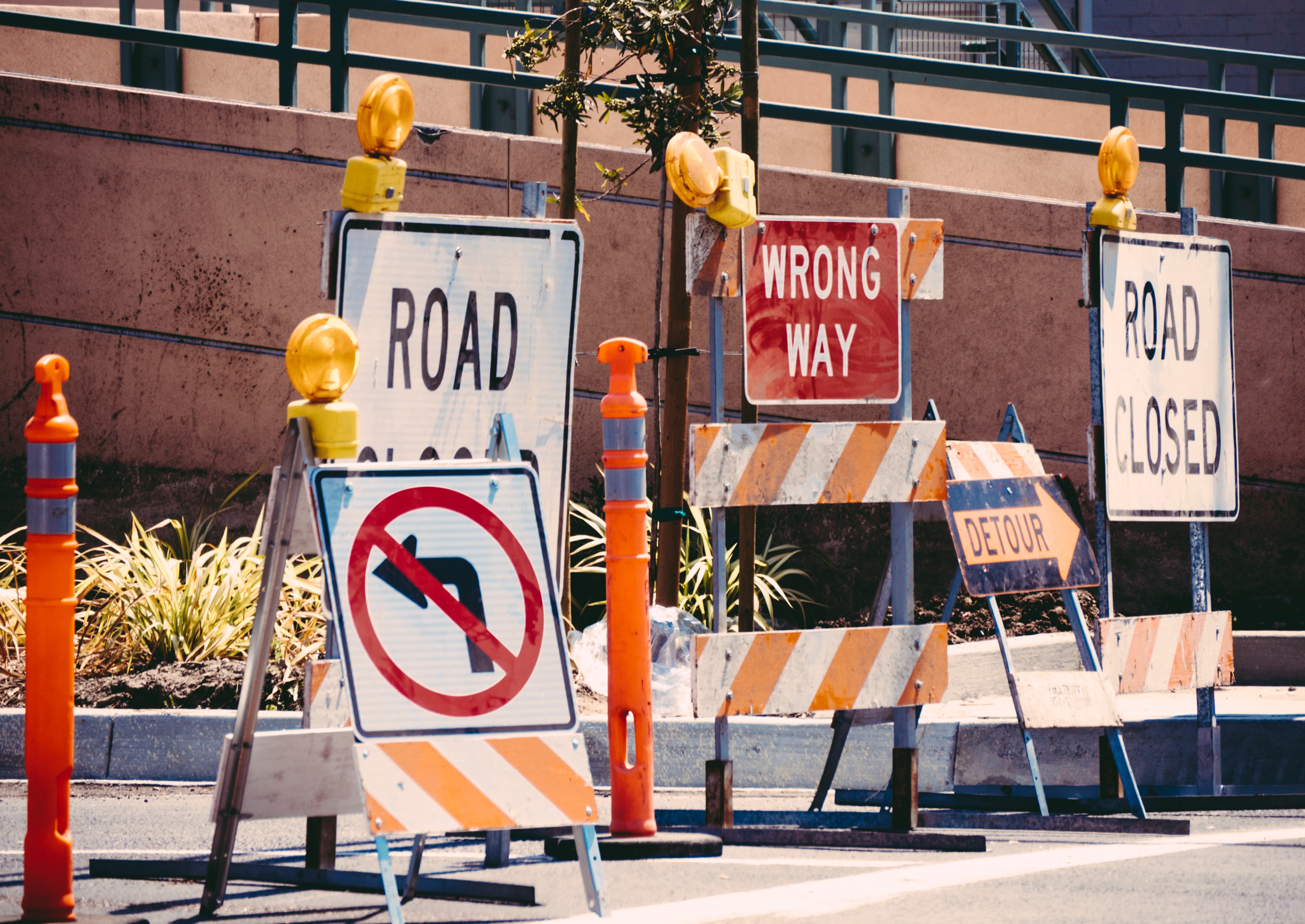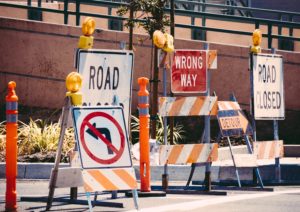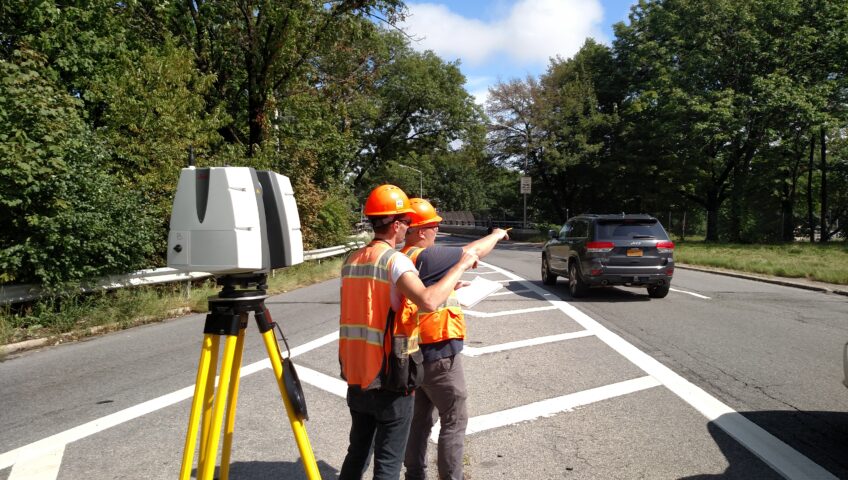When construction takes place on or near roadways, it can result in traffic delays and compromised safety of construction workers, motorists, and pedestrians. As a result of roadway construction, certain measures are enacted to facilitate a safe work area for workers, maintain and protect the flow of traffic, and complete necessary work on schedule.
Work zone traffic control (WZTC) was created with these factors in mind, providing construction workers with the knowledge they need to maintain a safe work environment while ensuring an organized flow of traffic. WZTC protocols seek to mitigate the effects of construction on those directly affected by factors such as lane closures or detours.
Motorists should be alert to changing traffic patterns and possible work zones that may crop up along the road.
The typical WZTC area consists of four components:
1. The advance warning area is the point where motorists are alerted to upcoming road work, usually through the use of road signs, electronic signboards, and flags.
2. The transition area is the area motorists are guided to transition out of their normal traffic pattern to the new, temporary traffic detour. This can be done with the use of flaggers, traffic cones, and signs.
3. The activity area is where the actual road work is being conducted.
4. The termination area is the point where traffic is allowed to return to its normal pattern.
While every municipality can mandate or adopt their own WZTC policies, they must remain consistent with the Manual on Uniform Traffic Control Devices (MUTCD), set in place as a result of the New York State Vehicle and Traffic Law.
At KC, our field staff are well-versed in WZTC operations, and regularly apply said knowledge when providing a variety of services to our clients.
